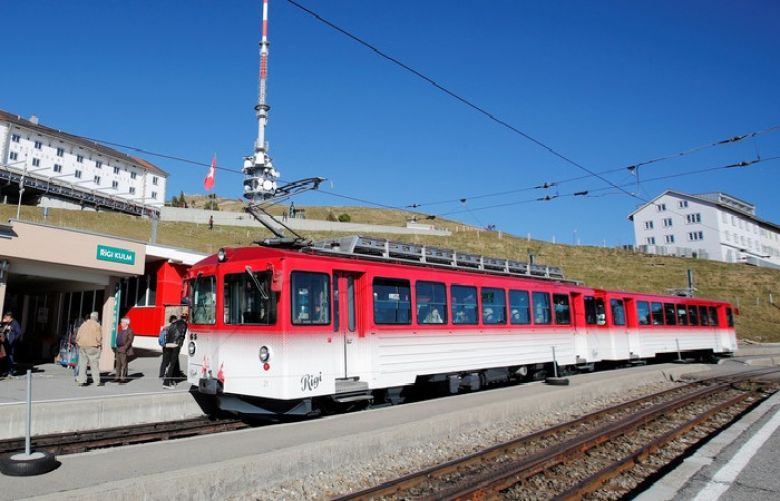The tiny, landlocked country in central Europe measures just 220 km north-to-south and 350 km east-to-west. Yet it has an integrated public transport network made up of around 250 different service providers that would be the envy of many other developed nations.
Every long-distance, double-decker InterCity train in Switzerland includes a Ticki Park family coach, which effectively serves as playground on wheels on its upper deck. The lower deck provides storage space for luggage and pushchairs. The coaches are decorated with colourful, child-friendly motifs and equipped with board games to help kids pass the time when travelling.
In the 10 years between 2004 and 2014, the number of passenger kilometres travelled by Swiss public transport providers grew by 30%. According to the Swiss Association of Public Transport, more than 20 billion passenger kilometres are covered by the Swiss railway companies each year, as well as around 5 billion kilometres covered by tram and bus services.
Train travel accounts for the majority of Swiss public transport journeys – around 82% of them.
Making facilities clean and family-friendly is a key part of the appeal. But so is ease and convenience. Despite the relatively large number of public transport companies, customers can board public transport at more than 25,000 stops, and travel as far as they need to on just one ticket; all tickets are valid on all services, nationwide.
In the 2017 World Economic Forum Travel & Tourism Competitiveness report, Switzerland is ranked 10th overall. It came top for environmental sustainability but bottom for price competitiveness. For physical travel and tourism infrastructure, it’s 4th. It is ranked 2nd for the quality of its railways and 7th for road quality – both out of 136.
Switzerland averages 0.53 cars per person. Yet private vehicle use dwarfs public transport. Of the 132.6 billion kilometres people travelled on the Swiss road and rail network in 2016, around three-quarters (98.9 billion kilometres) were via private motorized transport – cars, motorcycles and private buses.
In spite of its higher usage, private car ownership in parts of Switzerland is actually in decline. In Swiss cities of more than 100,000 inhabitants, the number of cars per capita fell from 0.43 cars per inhabitant to 0.36 between 2007 and 2015. The cities of Basel (0.33), Zurich (0.35) and Lausanne and Geneva (0.37) all have relatively low levels of car ownership.
Car ownership in England, for example, is significantly higher. Slightly more than three-quarters of all households have access to a car or van – that translates to around 81% of adults.
High levels of public subsidy have historically helped maintain the appeal of Swiss rail for both business and personal use. More than 2.3 million half-fare travelcards, 1.3 million regional network travel passes and 460,000 full-fare travelcards were being used across the public transport network by the end of 2015.
The half-fare travelcard was originally introduced in 1891. But its popularity took off when the Swiss Parliament substantially reduced its price from CHF 360 to CHF 100 in 1987. At current rates of exchange, the Swiss franc is on par with the US dollar. Approximately CHF 6.4 billion is spent on general funding for public transport, with money drawn from the central, regional, and local authority budgets.







